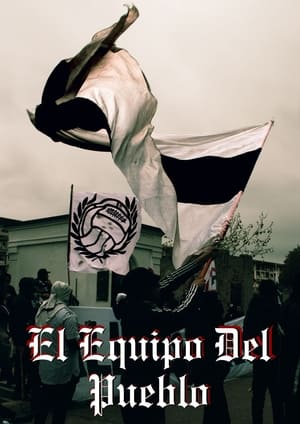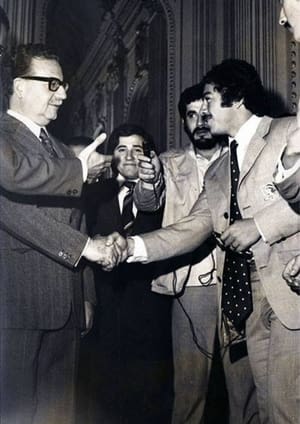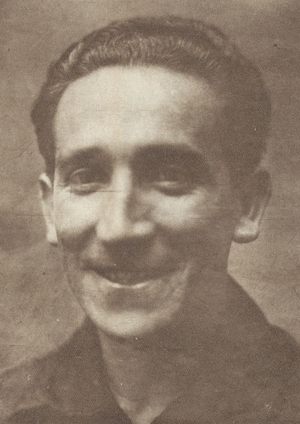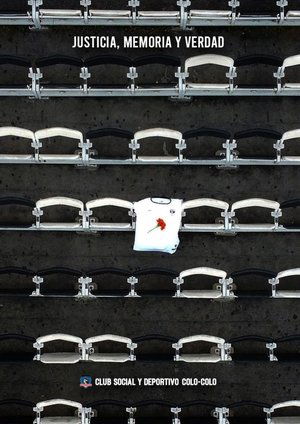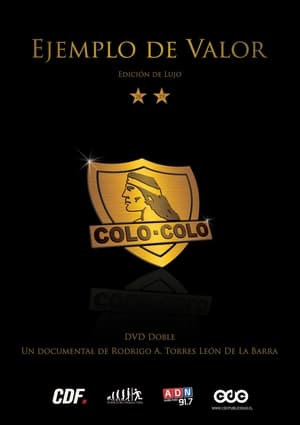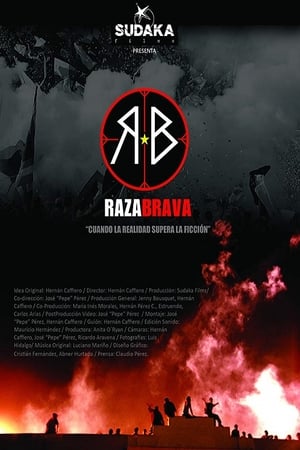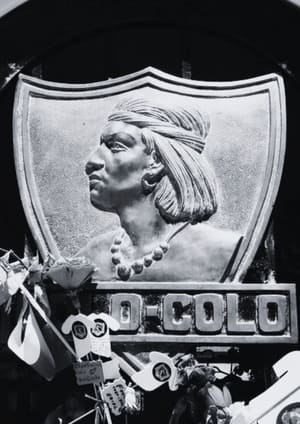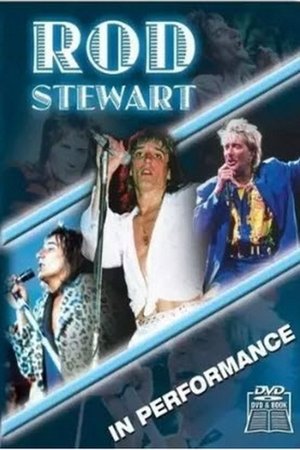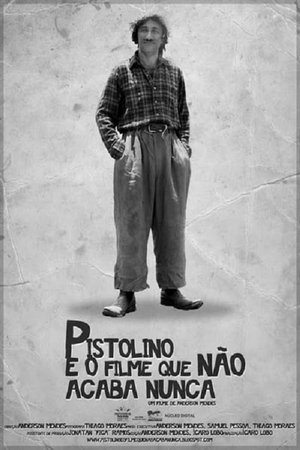Overview
Documentary that explores the history of the Colo-Colo Social and Sports Club, and not only highlights the socio-political significance of Colo-Colo at a national level but also debunks the myth surrounding the relationship between Pinochet and Colo-Colo. It dispels the belief that the former dictator provided funds for the construction of the Estadio Monumental.

 44 min
44 min
 0
0
 2006
2006
 Chile
Chile
